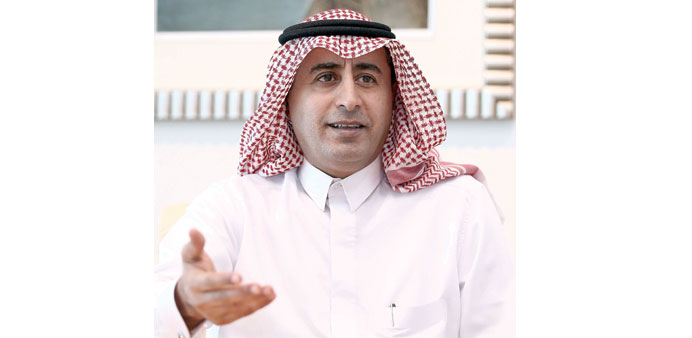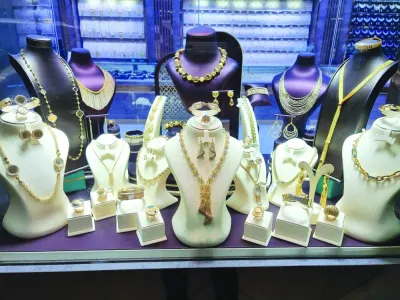Dr Abdulaziz A al-Ghorairi is the senior vice-president and chief economist at Commercial Bank. The views expressed are his own.
By Dr Abdulaziz A al-Ghorairi
Economic diversification and financial sector development is geared towards moving Qatar’s economy away from its heavy dependence on oil and gas and creating a multi-sector economy. The contribution of the oil and gas sector has been consistently over half of the total GDP during recent years. However, since the deliberate implementation of economic diversification, small declines in the relative share of oil and gas sectors and increases in the relative share of other sectors in the economy are observable.
Qatar is one of the leading economies in the region, and has implemented initiatives to deploy resources created through oil income in developing other sectors, so that their economies become more diversified and thus convert the limited and non-renewable oil and gas resources into sustainable development and prosperity. Decreasing the dominance of the oil and gas sector in favour of non-oil sectors is a long-term prospect and one which necessitates a successful partnership with the private sector.
According to Moody’s Investor Service, government spending is expected to translate into 10.7% growth in the non-hydrocarbon sector, offsetting weakened liquefied natural gas output and fostering domestic loan growth to the tune of 10-15% in 2015. Other data also shows that government policy to reduce the dominance of the hydrocarbon sector is already having a positive impact, with a noticeable change in the distribution of credit facilities in favour of the private sector. The service sector was given a major boost in lending. In comparison, the public sector saw the smallest increase in credit lately. This shows the increased role of banks in supporting private activities as part of the implementation of the diversification policy. Qatar has one of the strongest banking sectors in the GCC region and Qatari banks are among the most profitable in the GCC, reflecting their rapid credit expansion and robust operating conditions.
The banks’ asset quality is among the strongest in the GCC, as indicated by non-performing loans of around 1.6% of total loans as of December 2014, and though deposits growth in the recent quarters have slowed down, positive loan growth momentum has been continuing.
The financial sector has increased its contribution to the economy and GDP growth through investing in foreign markets and increasing domestic capital investment in the country by accumulating capacities and asset bases.
The total domestic investment of banks in Qatar is increasing, essentially in financial instruments. In addition to this, banks have also been investing significant resources in fixed assets as they have expanded their operations. The total fixed asset investment undertaken by all banks together is rising substantially and the assets of the country’s banking system crossed QAR 1.027tn by the end of May 2015. This increase in capital expenditure by the banks has added to the economy’s capacity-building efforts on the one hand and contributed to the growth of allied industries on the other.
Banks have also been active investors in international markets. Qatari banks have an active portfolio of financial instruments issued by entities present in foreign countries. These investments, though they do not have the multiplier effect typically associated with domestic investments, have contributed to the dilution of risks emanating from a concentration of domestic assets in banks’ portfolios.
The role of banks and other financial institutions as investors in domestic markets helps to increase the overall level of capital expenditure in the country and has a multiplier effect which benefits other industries as well. Investments in foreign economies by banks help to diversify their asset bases. The present climate in the international market will help shift focus onto investments in the region and in emerging markets as opposed to Western countries.



